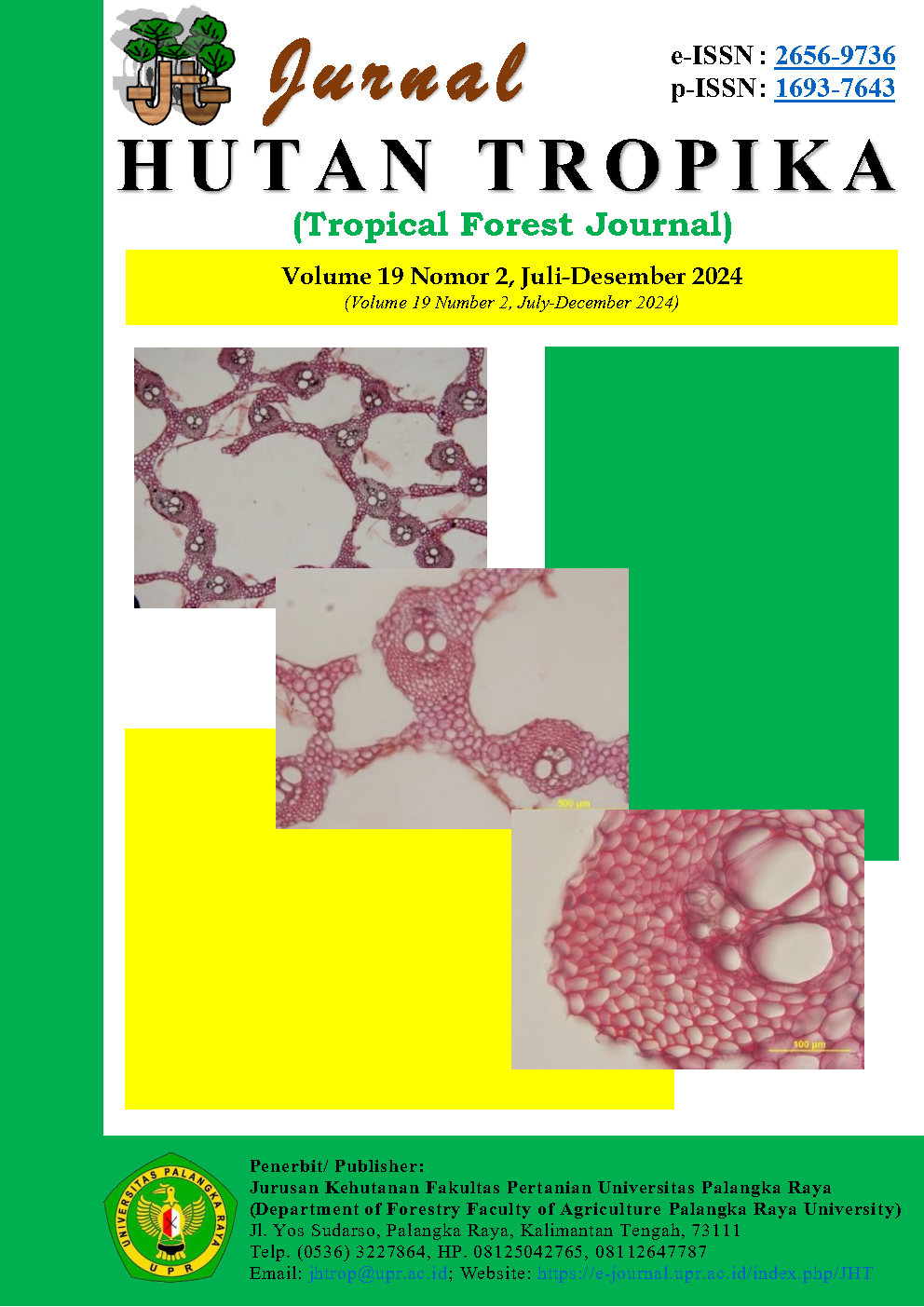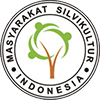Analisis Tingkat Kemiskinan Petani Tanaman Pangan di Desa Penyangga Kawasan Ekonomi Khusus Mandalika, NTB
Analysis of Poverty Levels of Food Crops Farmers in The Buffer Village of Mandalika Special Economic Zone, NTB
DOI:
https://doi.org/10.36873/jht.v19i2.17374Kata Kunci:
Tanaman pangan, Lahan Kering, Kemiskinan, Desa Penyangga, KEK MandalikaAbstrak
Kawasan Ekonomi Khusus (KEK) Mandalika dikembangkan untuk mendorong pertumbuhan ekonomi daerah, terutama Kabupaten Lombok Tengah yang sebagian besar wilayahnya merupakan lahan kering. Namun, Indeks Pembangunan Manusia daerah ini tetap terendah kedua di NTB dan penduduk miskin tetap tinggi terutama akibat dari rendahnya produktivitas dan pendapatan pertanian lahan kering. Lahan kering terluas di Kecamatan Pujut yang merupakan tempat kedudukan KEK Mandalika. Penelitian ini bertujuan untuk menganalisis tingkat kemiskinan petani tanaman pangan di desa penyangga KEK Mandalika. Jenis apenelitian dalah deskriptif, pengambilan data dengan teknik survei di Desa Sengkol, Desa Rembitan dan Desa Sukadana dan petani responden 45 orang. Hasil penelitian mengungkapkan besarnya pendapatan per kapita petani tanaman pangan sebesar Rp 4.592.057,14/kapita/tahun; setara beras 352,26 kg/kapita/tahun atau setara US$ 0,79/kapita/hari sehingga tergolong miskin berdasarkan kriteria Kemiskinan Sajogyo dan Kriteria Bank Dunia. Tingkat pendapatan per kapita tersebut hanya 15 % dari nilai Standar Upah Minimum Kabupaten Lombok Tengah.
Unduhan
Unduhan
Diterbitkan
Terbitan
Bagian
Lisensi
Hak Cipta (c) 2024 Candra Ayu, Wuryantoro, Febriana Tri Wulandari, Eka Nurminda Dewi Mandalika

Artikel ini berlisensi Creative Commons Attribution 4.0 International License.
















